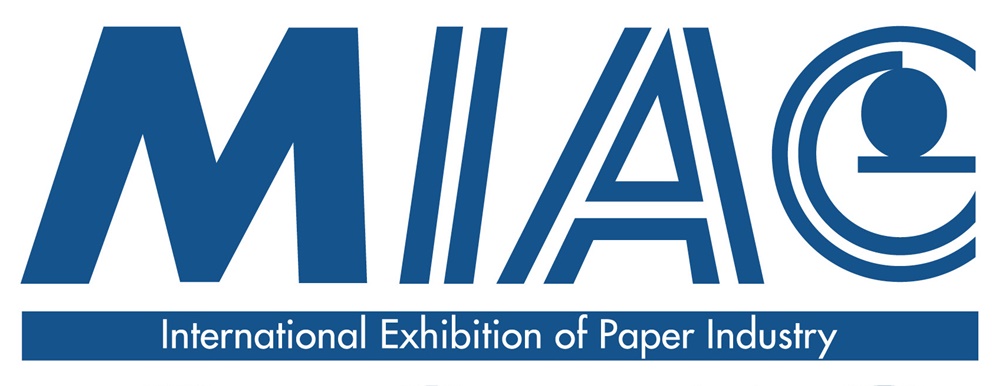NEWS
Serving a growth market
In May, Stora Enso announced the decision to convert the Oulu paper mill in Finland into packaging production to strengthen its position in the growing packaging business. Gilles van Nieuwenhuyzen, EVP Division Packaging Solutions, discusses the drivers and applications.
What is the main driver behind the project?
The investment to convert the Oulu paper mill into packaging production will encompass, among other things, converting paper machine 7 at Oulu mill into world-class virgin fibre-based kraftliner production.
The longer-term market outlook for kraftliner products is positive – with a structural growth of roughly 2% per annum. This is driven by overall economic growth, the increase in retail in brick-and-mortar stores and e-commerce as well as an increasing demand for sustainable packaging.
This is a good step for Stora Enso to serve a growing market and move out of the declining market of coated wood free papers.
Why a conversion at Oulu mill?
The Oulu investment follows on a similar investment made in Varkaus, Finland, which was completed late 2015. While the product will not be the same, we gained invaluable knowhow and experience on a complex technical conversion. We are pleased with the return on the Varkaus investment. We have been able to successfully build a customer base and see the potential for more sales based on our learnings.
It’s important to note that, per tonne, a conversion is considerably more cost effective than a greenfield project. The facilities at Oulu are fairly modern, with a favourable energy equation. We also have good access to wood and existing routes for logistics. We have a strong wood supply organisation, and in Northern Finland there are possibilities to increase wood supply while also regenerating the forests sustainably.
What are applications? Who are potential customers?
At Oulu mill, we plan to produce unbleached kraftliner and white-top kraftliner, which are virgin fiber-based linerboards. It will be a unique product – premium and differentiated – and have many advantages over standard kraftliner boards, namely higher strength, improved printability and visual appearance of the box, and food safety due to 100% virgin fibers.
For brand owners and retailers, a better visual appearance and printability enables them to position their brand and enhance sales while also ensuring the integrity of the contents with sturdy packaging.
With this product, we will also be able to serve certain applications where food safety is important, such as food, fruit and vegetables. This requires virgin fibers, as recycled fibers could be contaminated via residual oils in the printing inks. Purity is understandably an active agenda with food regulators in various markets.
Virgin fibers also perform well in humid environments, which could be the case in long-haul shipping. This too protects fruit and vegetables from damage in transport.
The kraftliner can also be used in industrial applications like heavy automotive components and reduce the amount of packaging thanks to its strength. This is good from a sustainability and cost perspective.
Does e-commerce play a role?
That’s one of the drivers. Total retail e-commerce sales are forecast to grow by 10-15% p.a. This is pushing growth in corrugated packaging, which accounts for about 80% of e-commerce packaging. Kraftliner may be one of the materials of choice. Virgin or recycled fibers can be used in e-commerce applications.
How does this new product support Stora Enso’s brand?
Like all Stora Enso containerboard and corrugated products, the ones produced at Oulu mill will be sustainable in all the dimensions – renewable, recyclable and compostable.








